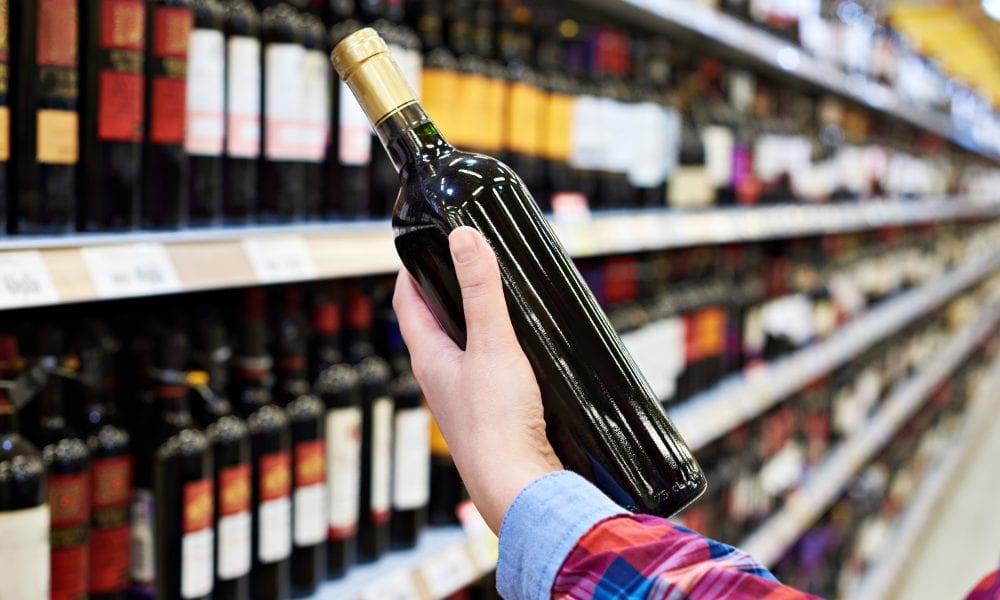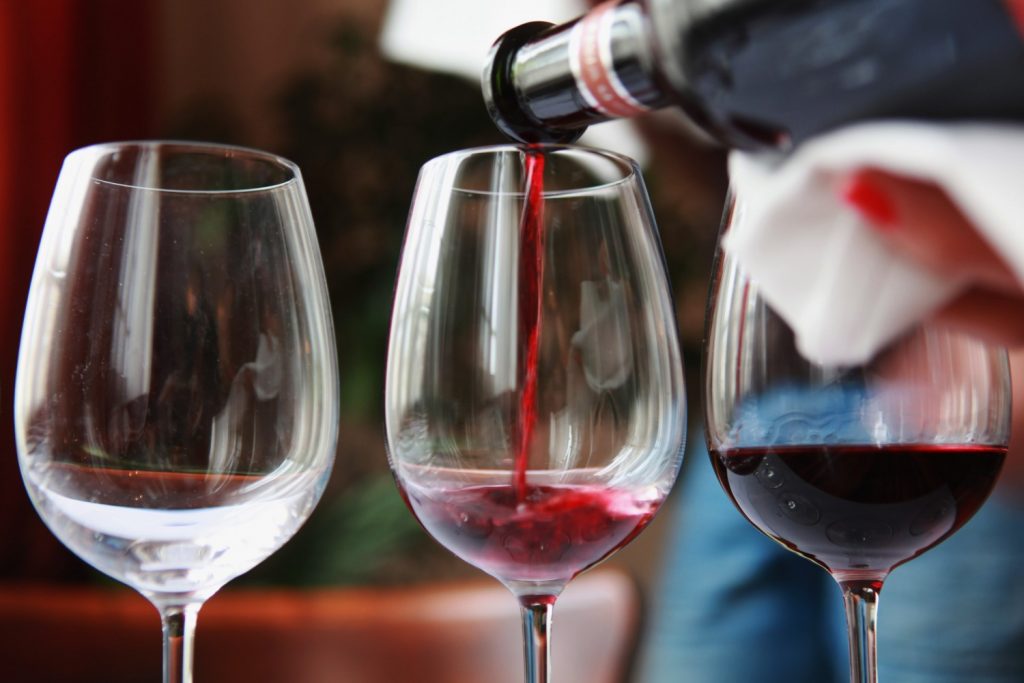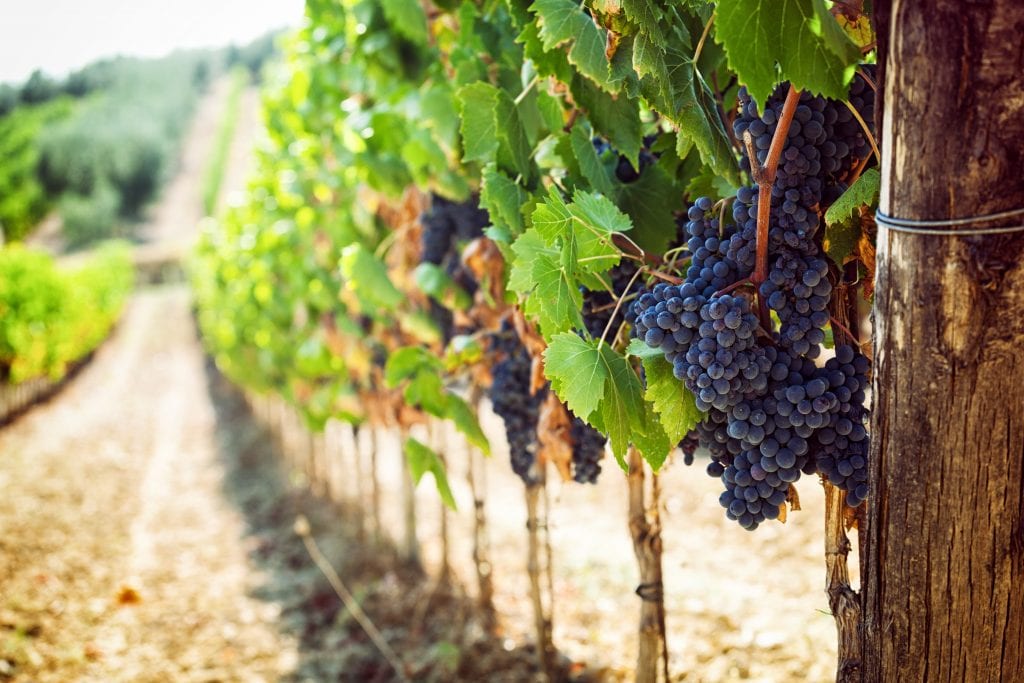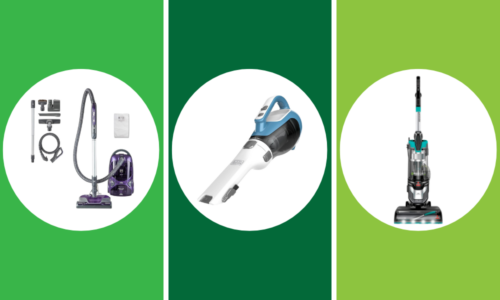If you love wine, then 2020 will likely be a banner (and boozy) year for you. Due to an overabundance of grapes in California — where the majority of the country’s wine grapes are grown — along with a decreasing demand for wine, we’re going to see a situation in which the supply of wine far outweighs the demand.
This news, detailed in the State of the U.S. Wine Industry Report by Silicon Valley Bank, is great for wine-drinkers, as it means prices will drop on everyone’s favorite bottles of red, white, pink and bubbly. But it will leave a sour taste in the mouths of winemakers, many of whom will lose money from this grapeful bounty.
In 2016, vineyards in northern California planted thousands of acres of new vines, and that paired with more efficient harvesting methods means that we’re now seeing an abundance of California grapes.
Although that sounds like a boon for winemakers (more wine to sell means more money, right?), the problem is that the wine industry overestimated the demand for this particular beverage.
“Since it takes up to five years to bring wine to market from the initial planning stages of planting a vineyard, it makes hitting future demand very complicated,” Jeff Bitter, president of Allied Grape Growers, told CNN. “In this case, we overshot demand.”
According to experts, the big issue in calculating demand is that winemakers are failing to understand younger drinkers, and the market for alcoholic beverages has become incredibly competitive in recent years, with breweries doing unique things with craft beer (and even larger beer companies taking risks with new products) and pre-made cocktails becoming far more trendy.
As Tom Kearney, a wine consultant in Henrietta, New York, told Rochester First, “I don’t think people are drinking less wine, I just think there are more choices in the market like craft beer, canned cocktails, [and] some people are going to liquor.”
Many beverage companies are trying to court millennials, and some say vintners will have to work harder to appeal to them and other younger drinkers.
In the Silicon Valley Bank report, author Rob McMillan notes that millennials present the greatest growth opportunity when it comes to selling all this wine.
“Our review of the components that drive the wine business reveals that retiring wine-loving baby boomers are being replaced by more frugal spirits-loving millennials and now Gen Zers, who consume less alcohol than prior generations,” McMillan writes in the report.
McMillan put it slightly more bluntly to CNN, saying, “We aren’t engaging with the millennial consumer, and boomers who have driven wine sales for the last 30 years won’t live forever.”
Now, however, McMillan theorizes that millennials may actually start to buy more wine, since the price of wine is decreasing.
In December 2019, Michael De Loach, a broker and marketing consultant for wine brands, predicted this drop in wine prices, as he noted that wine pricing trends go in cycles, and last year saw the wine industry entering a “wine price correction.”
De Loach told Wine Industry Network Advisor that the correction was due to “overly optimistic assessments of future grape needs.” As the Advisor described it in 2019, “The bulk market is currently swimming in inventory and prices are declining, with spot market prices down 25% to 50% plus, depending on region and variety.”
This price decline is only going to continue, with the low prices of wine expected to last for as long as three years.
Then, of course, the pendulum may swing back again, and the problem of too little supply may arise, though De Loach is optimistic about the long-term stabilization of wine prices. After all, vintners have survived all sorts of challenges and losses over hundreds of years.
For now, though, it’s a wine-buyer’s market, so stock up the cellar and plan some wine-filled soirees for 2020!











